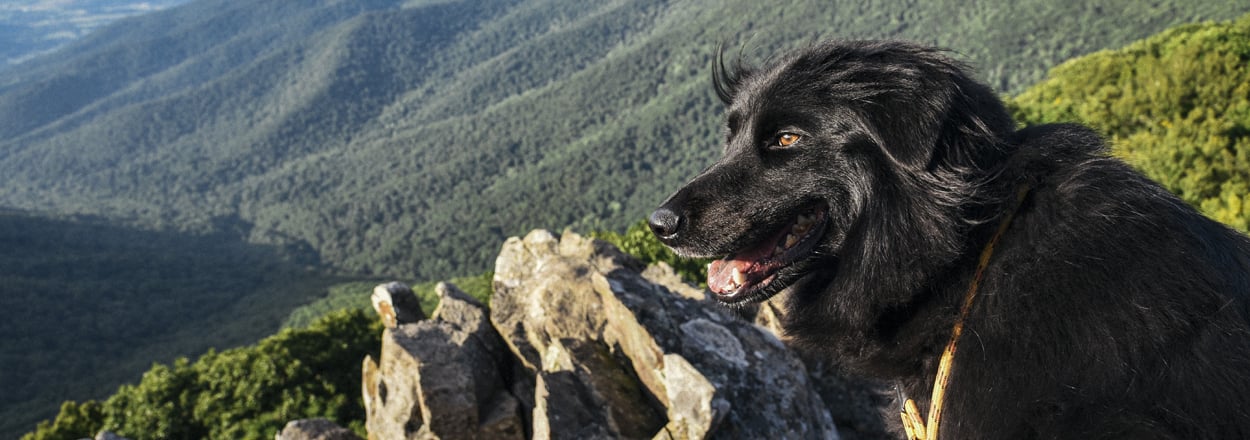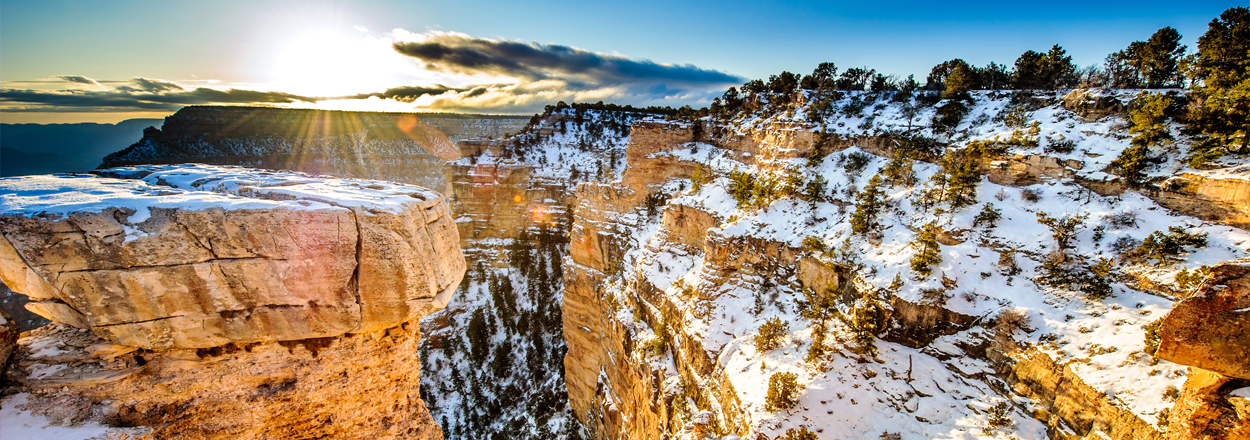“There are certainly bucket-list national parks that are world-renowned because of their extraordinary features,” says Kathy Kupper, public affairs specialist for the National Park Service. “Everyone should try to experience them in person at some point. However, each National Park Service site has impressive resources and characteristics that are well worth a visit. Truly each one is a source of inspiration.” Here are three lesser-known national parks that probably aren’t on your radar, but they should be.
Gates of the Arctic National Park and Preserve — A Premier Wilderness
Above the Arctic Circle in Alaska, Gates of the Arctic National Park and Preserve is the northernmost national park in the U.S. In 2019, it was ranked No. 62 on the annual park report ranking for recreation visits, making it the least-visited park with just 10,518 visitors. With no roads, no trails and not a lot of campsites, planning ahead is a must. “Gates of the Arctic National Park and Preserve was created to protect the area’s wilderness character. Visiting it is not for the faint of heart, or for those with minimal backcountry or survival skills, due to its remoteness, arctic climate and lack of infrastructure,” Kupper says. “Backcountry users must be prepared to find their own routes, deal with adverse weather conditions and the possibility of wildlife encounters, and to be self-sufficient. If folks don’t have those skills, there are commercial guiding services. For folks who have these skills, it is possible to access the park using permitted air taxi services, or by foot.”
Fairbanks (FAI) is the nearest airport, 277 miles and an 11-hour drive away — this just so happens to be where access to the park begins. The NPS website states, “There are several small airlines in Fairbanks that provide daily flights into the gateway communities of Bettles and Anaktuvuk Pass, and flag stops to Coldfoot.” The website also says, “Most visitors access the park by air taxi, in small aircraft equipped with floats or tundra tires. Another option for accessing the park is to hike in from the Dalton Highway from the village of Anaktuvuk Pass.”
While experienced wilderness travelers make the best adventurists here, plenty of companies that organize day trips and overnight camping visits provide explorers across all levels the chance to see the northern lights/aurora borealis’ otherworldly glow in this natural setting, which is unlike any other national park or place in the world. This park’s scenery spans across and consists of six wild rivers running through glacier-carved valleys where caribou herds roam near parts of the Brooks Range of mountains.
Mammoth Cave National Park — More than a Cave
With over 400 explored miles between Louisville, Kentucky, and Nashville, Tennessee, Mammoth Cave National Park is home to the longest-known cave system in the world. According to Kupper, “Both Jewel Cave National Monument and Wind Cave National Park in South Dakota are similar to Mammoth Cave in that they are both home to long, beautiful labyrinths of underground cave systems. Guided tours are offered at both parks and provide visitors with a chance to experience mazelike passageways and learn about the amazing histories and geology of each cave.”
But that’s not all that awaited Mammoth Cave’s 551,590 visitors in 2019, making it No. 39 on the National Park Service’s Annual Park Ranking Report for Recreation Visits.
Rolling hills, deep river valleys and a wide variety of underground features are also iconic parts to this national park, which is also designated an International Biosphere Reserve and World Heritage Site. A must-see underground feature called “Gothic Avenue” is where today’s visitors can see a ceiling covered in 19th-century visitors’ signatures.
Around 16 weddings were held inside Mammoth Cave from the mid-1800s to early 1900s in an area called “The Bridal Altar,” which is a cluster of three stalactite formations that created the backdrop for the events. “Weddings were discontinued in 1941 after the cave [came] under jurisdiction of the NPS,” Kupper says. “Today, the Mammoth Cave National Park permits weddings within the park’s outdoor amphitheater, but not within the cave itself. The logistical constraints of holding such an event makes it an activity that the park would not be able to effectively manage while protecting the cave’s environment and visitor experience. Each year, though, around half a dozen wedding engagements occur during guided cave tours. This makes for a very memorable tour for visitors and cave guides alike!”
Beyond that, visitors can explore over 80 miles of trails in the parks on two wheels, foot or even horseback. Visitors can go canoeing, kayaking and boating along the Green and Nolin Rivers before setting up camp at one of three campgrounds on more than 13 backcountry sites. Louisville Airport (SDF) and Nashville Airport (BNA) are both less than 80 miles away from this southern national park. According to Kupper, “About an hour north of the Mammoth Cave National Park is Abraham Lincoln Birthplace National Historic Park in Hodgenville, Kentucky. This national park commemorates the birthplace of the 16th president who saw the nation through one of the most tumultuous periods in its history. Visitors can see the first memorial built to honor President Lincoln and learn about his humble beginnings as a small child in rural central Kentucky.”
Great Sand Dunes National Park and Preserve — Dunes Among Diversity
Hundreds of miles away from any ocean in southern Colorado, you’ll find Great Sand Dunes National Park and Preserve. In 2019, this diverse landscape of grasslands, wetlands, conifer and aspen forests, alpine lakes and tundra had 527,246 visitors, ranking No. 40. Visitors can sink into epic sand dunes across 30 square miles that happen to be the highest mountains of sand in the U.S. — some are even up to 750 feet tall!
According to a study from NPS, this is the quietest national park in the U.S. Kupper says, “Portions of Great Sand Dunes NP are indeed very quiet because of the absorptive nature of the dunes, and also because they are devoid of vegetation (which itself produces sound when leaves rustle and which harbors sound-producing wildlife like birds and insects). The pumice in the crater at Haleakala National Park has very similar properties, as does the thick duff in redwood forests. It should also be mentioned that visitors can experience considerably different acoustic conditions in the same park in different seasons. For instance, fresh snow has a dampening effect on noise propagation, and times of lower visitation are often quieter.”
Although it’s mostly quiet, this unusual national park is home to hundreds of “chorus frogs,” whose voices can be heard up to half a mile away. “Chorus frogs are part of the orchestra of animals that call Great Sand Dunes home. They’re usually the first amphibians to appear in spring, making loud choruses even when it is still snowing in March and April. Their loud call is like running a finger over the hard teeth of a comb — unexpected from a creature that is only about 1 inch (2.5 centimeters) long when fully grown. Chorus frogs have been found at high elevations in Colorado and can completely freeze during winter then thaw out back to activity in spring,” says Kupper. Sand sledding and boarding is a popular attraction here year-round and so is stargazing since this is one of the only national parks open 24/7.
Source: Annual Park Ranking Report for Recreation Visits in 2019
Originally appeared in the spring 2021 issue of The Compass Magazine.





comments